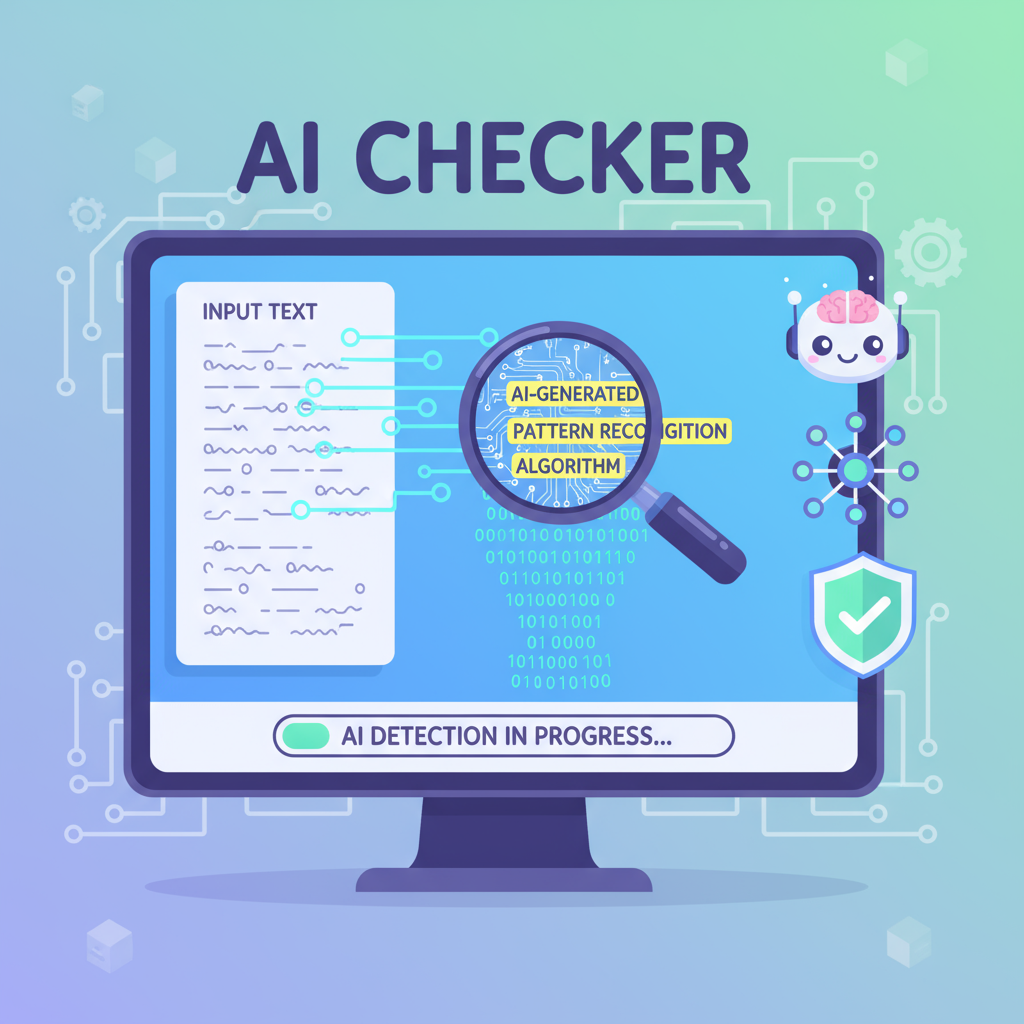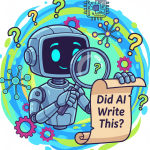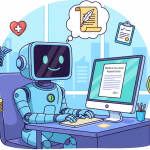Artificial Intelligence is transforming content creation, but it also raises critical questions about authenticity. So, how do AI checkers work? These tools use sophisticated machine learning algorithms, linguistic analysis, and plagiarism detection methods to identify AI-generated or copied content. This helps software developers, data scientists, content creators, educators, and decision-makers ensure the integrity of digital content.
What Are AI Checkers?
AI checkers are software tools designed to detect text generated by AI models like GPT, distinguishing it from human-written content. Their purpose spans multiple industries, including education, publishing, marketing, cybersecurity, and research.
How AI Checkers Detect AI-Generated Content
AI content detection relies mainly on three techniques:
Machine Learning Classification Models
AI checkers are trained on large datasets containing human and AI-generated text. They learn to recognize subtle stylistic differences such as sentence structure, word choice, and syntax patterns. These models then estimate the likelihood that a given text originates from an AI system.
Statistical and Linguistic Analysis
AI-generated texts often exhibit identifiable patterns like unnatural phrasing, sentence uniformity, and low linguistic variability. AI checkers apply metrics like perplexity and burstiness to measure randomness and variation in text, helping flag AI-authored content.
Plagiarism & Source Matching
Many AI checkers incorporate plagiarism detection by comparing submitted text to extensive databases of published material. While AI can create unique content, overlaps and hallucinations sometimes get detected through these methods.
Leading AI Checker Tools and Technologies
Several notable AI detection tools exist today:
-
OpenAI’s AI Text Classifier: Developed specifically to flag AI-generated passages.
-
GPTZero: Popular in education for its focus on text perplexity and burstiness measures.
-
Turnitin: Integrates AI detection with traditional plagiarism detection methods.
-
Copyleaks and Grammarly: Emerging tools combining grammar, plagiarism, and AI detection functionality.
Challenges and Limitations
AI checkers face ongoing challenges:
-
False positives may occur with formally written or repetitive human text.
-
Newer, more advanced AI models generate human-like text, making detection difficult.
-
Nuance, cultural context, and intent can be hard for AI checkers to interpret accurately.
-
Many detection tools lack transparency about their underlying algorithms, affecting trust.
Practical Tips for Using AI Checkers
To leverage AI checkers effectively:
-
Use multiple detection tools to confirm suspicious content.
-
Combine AI detection with expert human review, especially for critical decisions.
-
Stay up to date with AI advances and detection methodologies.
-
Educate stakeholders about ethical AI content use to foster trust and transparency.
Actionable Advice for Developers and Creators
-
Integrate AI detection modules into workflow tools to monitor content authenticity.
-
Regularly audit and verify content authenticity to maintain credibility.
-
Encourage originality and diverse writing styles to reduce detection risk.
-
Promote transparent and responsible AI use in content generation.
Frequently Asked Questions (FAQs)
1. How accurate are AI checkers? Accuracy varies; combining AI tools and human oversight improves trustworthiness.
2. Can AI checkers detect all AI models? No—detection depends on AI model complexity and training data.
3. Are AI checkers only for academic use? No, they apply across industries to uphold content authenticity.
4. Will AI checkers replace human editors? No, they serve as complementary tools to human judgment.
5. How to improve AI checker effectiveness? Keep tools updated, use multiple methods, and include manual review.
Conclusion: Balancing Innovation with Integrity
AI checkers play a pivotal role in maintaining content quality and trust amid the rise of AI-generated text. Understanding how do AI checkers work equips organizations to use these tools effectively while supporting ethical AI practices. As AI evolves, so must the detection techniques, ensuring a future where innovation and integrity coexist.
Call to Action: Whether managing tech systems or creating content, invest in reliable AI detection tools and promote responsible AI use to protect content authenticity and credibility.











